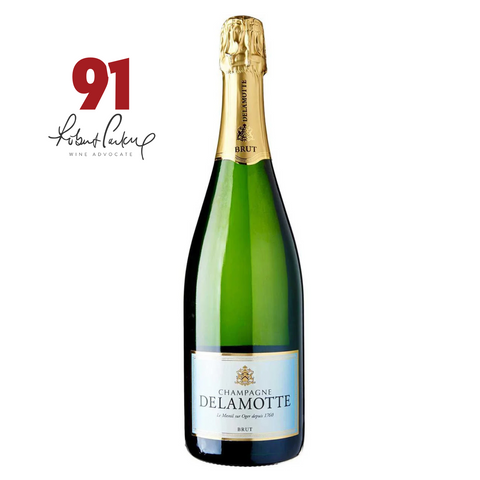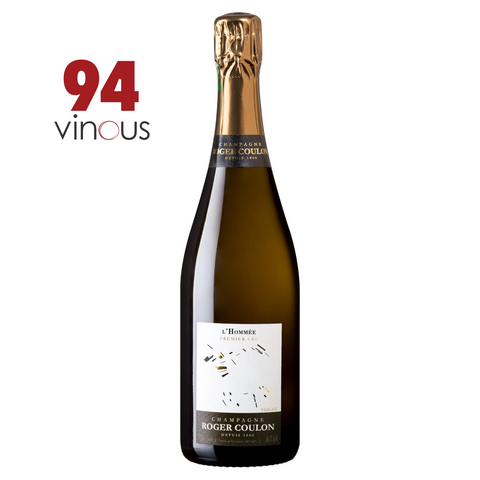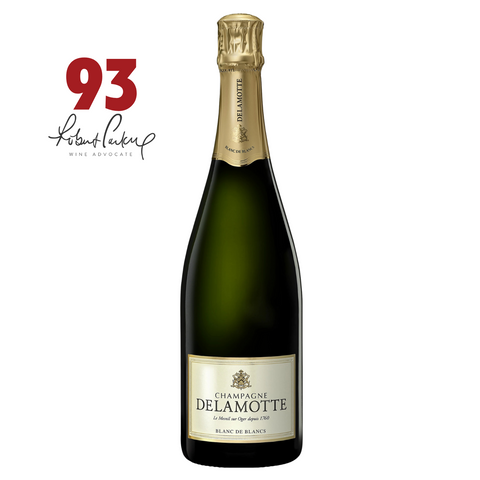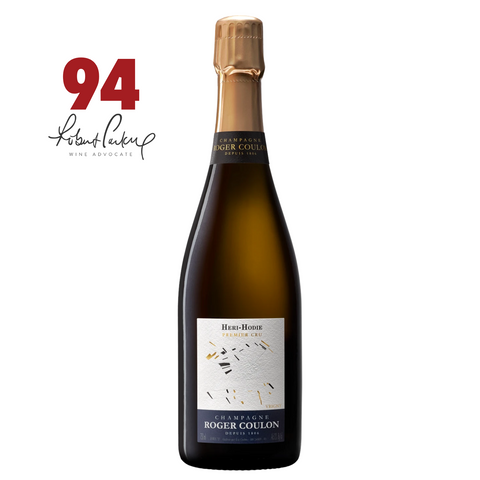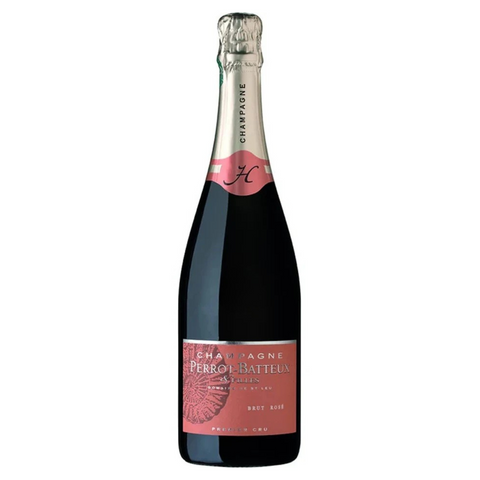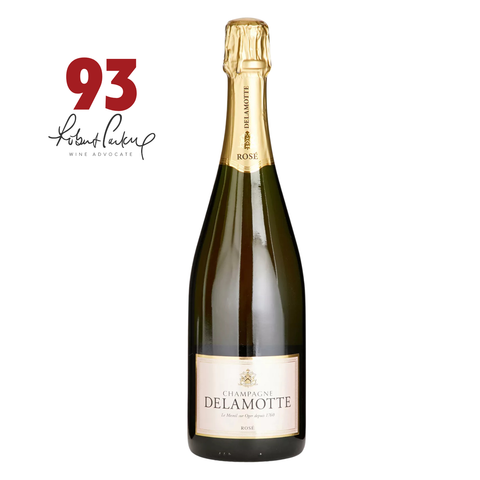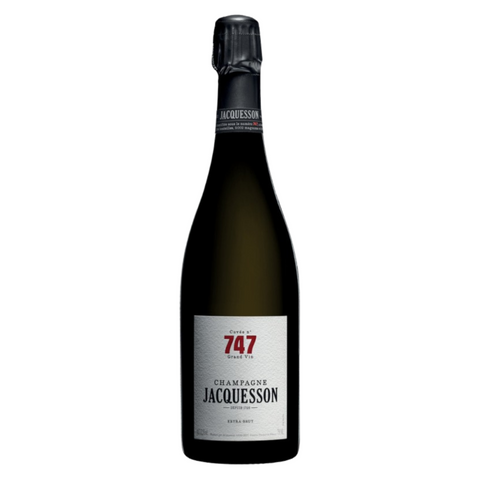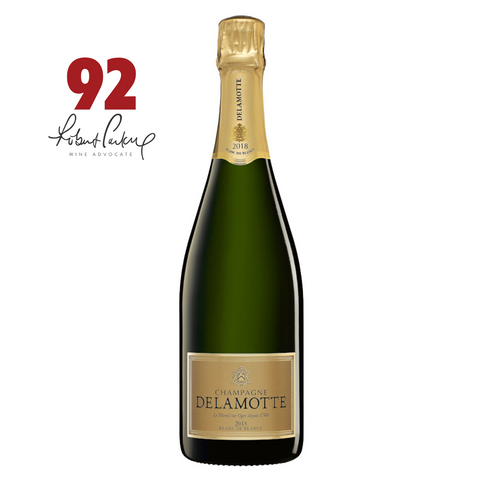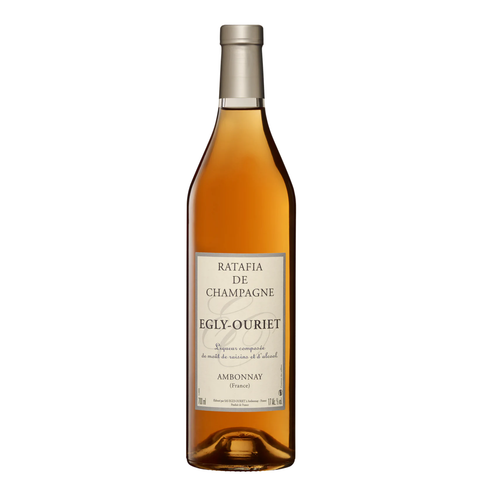The History of Champagne
Champagne is the world’s most celebrated sparkling wine, produced exclusively in the historic region northeast of Paris. Its prestige is protected by strict appellation laws: only wines made within the defined boundaries, using the traditional “méthode champenoise,” may carry the name Champagne.
For centuries, Champagne has been associated with celebration, luxury, and refinement. From the royal courts of France to the tables of connoisseurs worldwide, Champagne represents both cultural heritage and modern sophistication. Crafted primarily from Chardonnay, Pinot Noir, and Pinot Meunier, its fine bubbles and complex flavors have made it the ultimate symbol of elegance.
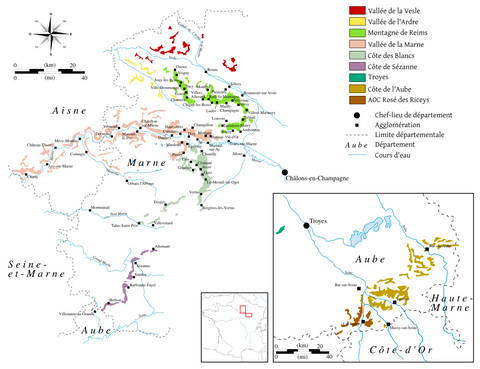
The Crus of Champagne
Champagne is structured around a system of crus (villages) that highlight terroir quality and reputation. Among the most renowned are the Grand Cru villages such as Avize, Le Mesnil-sur-Oger, Aÿ, and Ambonnay, which produce wines of remarkable depth and longevity. Premier Cru sites, spread across the Montagne de Reims, Vallée de la Marne, and Côte des Blancs, contribute finesse, fruit, and balance.
The classification reflects centuries of tradition, where growers and maisons alike draw from these villages to create blends that capture the essence of Champagne.
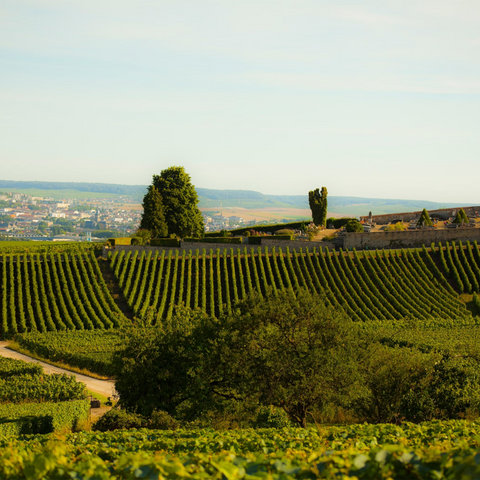
The Soils and Terroir
What makes Champagne unique is its extraordinary terroir, shaped by diverse soils and a cool northern climate. The region’s famous chalk subsoils provide excellent drainage while retaining moisture, ensuring steady ripening and imparting minerality to the wines.
Côte des Blancs: Dominated by chalk soils, producing crystalline, Chardonnay-driven Champagnes with finesse and tension.
Montagne de Reims: Clay and chalk combinations yield structured, Pinot Noir-based wines with power and depth.
Vallée de la Marne: Richer soils favor Pinot Meunier, bringing fruitiness and approachability.
Aube (Côte des Bar): Kimmeridgian marl, similar to Chablis, produces expressive and characterful wines.
This diversity of soils and climates allows Champagne to achieve an unmatched spectrum of styles, from crisp Blanc de Blancs to complex rosés and prestige cuvées.
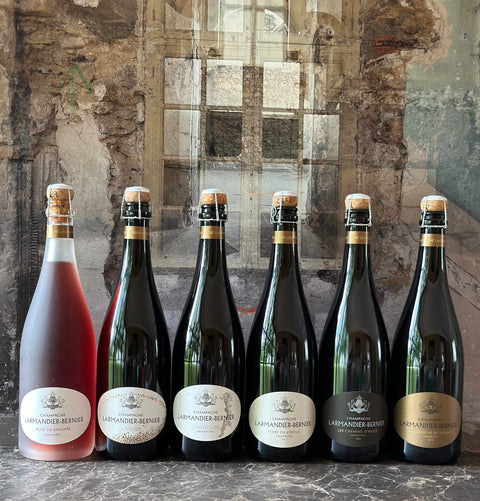
Our Curated Champagne Selection
At The Vintage Wine Club Singapore, we curate a collection of prestigious Champagne houses and boutique grower Champagnes to suit every occasion. Our portfolio includes iconic names such as Agrapart, Egly-Ouriet, Salon, Larmandier-bernier alongside rare allocations and magnums for special celebrations.
Whether you are looking to explore the elegance of a Blanc de Blancs Grand Cru, the richness of a Vintage Champagne, or the character of artisanal grower-producers, our Champagne list is designed to bring the best of the region directly to Singapore.
Enjoy fast, secure, and temperature-controlled Champagne delivery in Singapore, with options for private customers, trade, and collectors.
Frequently Asked Questions About Champagne
Champagne comes exclusively from the Champagne region of France and must follow strict production rules, including the traditional method (méthode champenoise). Other sparkling wines may use similar techniques but cannot carry the name Champagne.
The main grape varieties are Chardonnay, Pinot Noir, and Pinot Meunier. Some Champagnes are single-varietal (Blanc de Blancs from Chardonnay, Blanc de Noirs from Pinot Noir/Meunier), while most are blends for balance and complexity.
Grand Cru Champagnes come from villages classified at the highest quality level, producing wines with exceptional structure and aging potential. Premier Cru Champagnes are also highly regarded, offering elegance and finesse, often at a more approachable price point.
Champagne should be stored horizontally in a cool, dark place with stable temperature and humidity. Avoid exposure to heat, light, or vibration. For long-term cellaring, professional wine storage or bonded warehouses are recommended.
Serve Champagne between 8–10°C. Lighter styles like Blanc de Blancs can be served slightly cooler, while vintage or richer cuvées show best when served a little warmer to allow the aromas to open.
Non-vintage Champagnes are best enjoyed within 2–4 years of purchase. Vintage and prestige cuvées can age beautifully for 10–20 years or more, developing complexity and depth.
Yes, The Vintage Wine Club offers secure, temperature-controlled Champagne delivery in Singapore, ensuring your bottles arrive in perfect condition. We also ship in original wooden cases (OWC) for collectors when available.
Absolutely. You can explore our curated Champagne selection on our website and purchase directly online. From iconic houses like Agrapart and Egly-Ouriet to rare grower Champagnes, our range covers both prestigious and artisanal references.


![[ALLOCATION] Champagne S de Salon - Blanc de Blancs 2013 Magnum](http://thevintageclub.sg/cdn/shop/files/93_4e18db8c-07c3-408a-ad9c-13addabdf984.png?v=1750142352&width=480)
![[ALLOCATION] Champagne Egly-Ouriet - 'Millesime' Grand Cru 2012](http://thevintageclub.sg/cdn/shop/files/93_5af4286d-fa75-4492-af4b-20e5a46b3e08.png?v=1750919583&width=480)
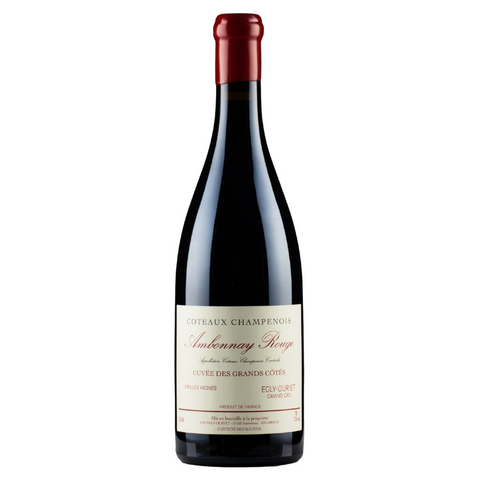
![[ALLOCATION] Champagne Egly-Ouriet - 'VP' Grand Cru Extra Brut NV Magnum](http://thevintageclub.sg/cdn/shop/files/93Bottles_a751ce79-6e8a-419e-80d4-9be90612f621.png?v=1761976320&width=480)
![[ALLOCATION] Champagne Egly-Ouriet - 'Les Vignes de Bisseuil' 1er Cru Extra Brut NV](http://thevintageclub.sg/cdn/shop/files/93_4577574d-f4d7-444a-85c6-2b0452c8f32a.png?v=1750389795&width=480)


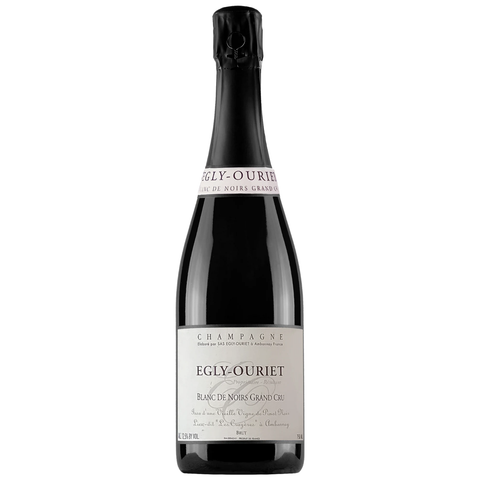




![[PRE ORDER] Champagne Larmandier Bernier - 'Latitude' Blanc de Blancs Extra Brut 6000 ml](http://thevintageclub.sg/cdn/shop/files/93_c1f0f991-10d6-4daa-9d1a-26385fa2ebee.png?v=1751345367&width=480)


![[PRE ORDER]Champagne Larmandier Bernier - 'Latitude' Blanc De Blancs Extra Brut NV Double Magnum](http://thevintageclub.sg/cdn/shop/files/93_3c1665d2-8257-4cb2-8097-28af15a6775d.png?v=1750386411&width=480)
![[ALLOCATION] Champagne Agrapart - 'Mineral' Blanc de Blancs Grand Cru Extra Brut 2018 Magnum](http://thevintageclub.sg/cdn/shop/files/25062024124101.PASCAL_AGRAPART_Mineral_EXTRA_BRUT_1_web-thumbnail-2000x2000-80_dc5108f7-0af1-44bb-9a3e-f8d318e8c2f9.jpg?v=1758094798&width=480)
![[ALLOCATION] Champagne Agrapart - 'Exp 19' Blanc de Blancs Grand Cru Brut Nature NV](http://thevintageclub.sg/cdn/shop/files/93_1b26deb8-de6a-4a36-b59c-d270f9870bc6.png?v=1758073830&width=480)
![[ALLOCATION] Champagne Agrapart - 'Venus' Blanc de Blancs Grand Cru Brut Nature 2018](http://thevintageclub.sg/cdn/shop/files/93_fa7f9f45-58ec-4ee9-a118-7e51ce64cf45.png?v=1758073568&width=480)

![[ALLOCATION] Champagne Agrapart - Grand Cru 'Terroirs' Blanc De Blancs Extra Brut NV](http://thevintageclub.sg/cdn/shop/files/93_fc0934f5-137c-4786-bdd7-f4769b533efd.png?v=1750661705&width=480)
![[ALLOCATION] Champagne Agrapart - Les 7 Crus Brut NV](http://thevintageclub.sg/cdn/shop/files/93_51dad48d-6ad3-45f1-82e2-340251ad6194.png?v=1750661881&width=480)
